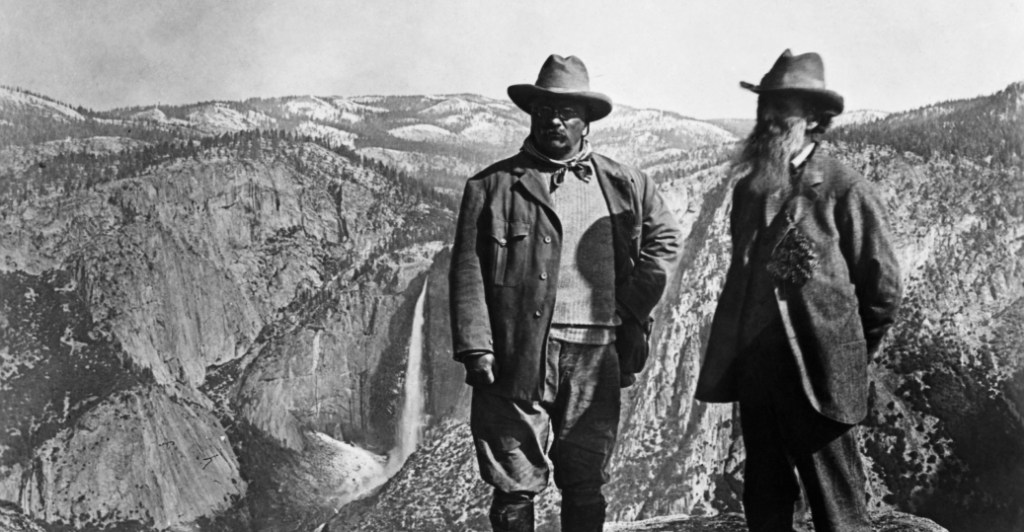Tell the forest story
Posted: February 20, 2017Source: The Forest Blog
By Russ Vaagen

They were shown at Yosemite National Park with John Muir extolling the virtues of Wilderness and the need to protect places like Yosemite. There were a few mentions of timber barons and companies cutting every last great tree and some debate between the two men. Roosevelt and Muir are certainly key figures in the history of the United States and natural resources more specifically.
What stuck with me after walking out of the theater is that most of America still thinks that we’re dealing with those same issues in much the same way. Many of the companies that are around in the West today were not even around when Roosevelt and Muir were contemplating what needed to be done with our nation’s forests. They both died before 1920.
Of the companies that were operating then only a few around today. Many were formed and built after World War II. The companies that are left from those early years of the “timber barons” have changed leadership many times over. So why do we still have these issues surrounding forest management?
Today’s forest industry is committed to sustainability, forest restoration, and community collaboration. If that’s the case, then why aren’t we able to better manage the federally owned forests in the United States? I think it comes down to two reasons. The first is that industry was fragmented. The second reason is that the forest industry allowed opponents tell the story of the forest.
Why was the industry fragmented? Many don’t realize that lumber is one of the few unregulated commodities out there. The price of lumber is determined by what the market is willing to pay every day. This leads to significant price swings. With margins being tight and an industry that has seen its share of mergers, acquisitions, and shut-downs very few companies have been open and willing to work together. When environmental pressures mounted, there was no consistent way to respond with a collective message.
This led to environmental interests getting together and sharing information on how to tell the story the way they saw it. In many cases, important information was omitted or altered to further special interests. The response from the industry was fragmented and weak. These companies were, in many cases, family owned and rural. They were independent and didn’t have the resources or know-how to respond with a calculated public relations campaign. Social media didn’t exist at that time. Much of the information was either written news, tv, or radio. The ability to get the truth out to the masses that would otherwise not care was almost impossible. The story was told by those that didn’t have the interests of the forest industry at heart. Those that told the story made the impact on public perception.
Today, the forest industry is not only doing the right things in the forest, but they are starting to tell their story. The story being told by the forest industry and others with shared interests. This includes collaboratives with members that were originally working on forest preservation for all federal forests. That movement went too far and many of those groups and individuals have come to see that many parts of our national forests need and benefit from active management.
Now the trick will be creating a compelling story that turns public perception around that supports a collaboratively based, active forest management. We need a program on our nation’s forests to get the pace and scale necessary to have healthy forests and communities. We may never get to the point where conservation groups and the forest industry agree on all the specifics of forest management. As long as we can focus on the interest of healthy forests then we should be able to continue to move forward.
National Parks and Wilderness aren’t the enemies of the forest industry, it’s not managing the forests that need active forest management that will destroy collective interests. We owe it to President Teddy Roosevelt and “John of the Mountains” Muir to address these issues and both manage and protect the forests of the United States of America.
